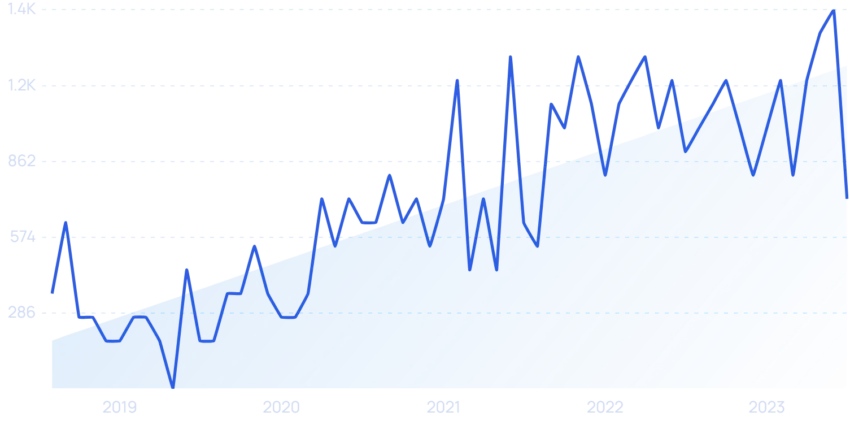TL;DR Summary of The Future of Social Media: Growth, Trends, and Opportunities
Optimixed’s Overview: Key Insights into the Evolving Social Media Landscape and Emerging Trends
Rising User Numbers and Platform Dynamics
Social media remains a dominant global force with more than 5.17 billion users and average daily use approaching three hours. While Facebook still leads with nearly 3 billion monthly active users, growth is slowing, and newer platforms like TikTok and Threads are rapidly gaining users. Predictions indicate TikTok’s growth rate will outpace Facebook’s, signaling a potential shift in market leadership.
Emergence of Decentralized and Niche Platforms
- Smaller, specialized social communities are becoming increasingly popular, especially among younger users who prefer more intimate online spaces.
- Decentralized platforms such as BlueSky and Mastodon offer greater user control over data, contributing to their rising adoption amid privacy concerns.
- Apps like BeReal prioritize authenticity through unique posting mechanics and are attracting brands targeting Gen Z audiences.
Social Commerce and Influencer Marketing Evolution
Social commerce is booming, with global revenue expected to exceed $1.2 trillion in 2024 and TikTok rapidly expanding its shopping capabilities via in-app features. Snapchat’s use of AR technology enhances the shopping experience, while Meta recalibrates its approach to social commerce to focus on in-app checkout and ad-driven purchases.
- Micro- and nano-influencers are becoming the preferred marketing partners for brands due to their authenticity, niche audiences, and cost-effectiveness.
- Marketing budgets favor digital and influencer strategies despite ongoing budget constraints.
Customer Service and Search Behavior on Social Media
Customer service expectations are evolving towards omnichannel, fast, and empathetic responses, with many consumers preferring social media as a support channel. Platforms like Facebook Messenger and Twitter play key roles in brand-customer interactions, fostering loyalty and higher spending.
Moreover, younger generations increasingly use social media platforms for brand research and product discovery, sometimes favoring them over traditional search engines. This shift has led brands to optimize social content with relevant keywords and hashtags to improve visibility in social searches.
Conclusion: Strategic Opportunities for Brands
The social media ecosystem is undergoing significant changes driven by user preferences, technological advances, and commerce innovation. Brands that leverage social commerce growth, embrace authentic influencer partnerships, optimize for social search, and provide seamless customer service through social channels are poised to outperform competitors. Emphasizing transparency and genuine engagement will be critical for long-term success in this dynamic environment.
